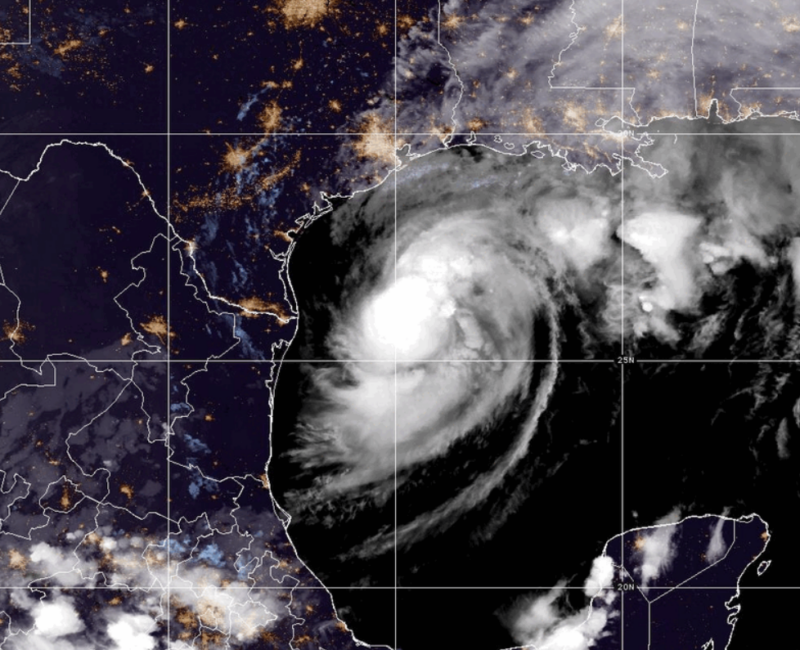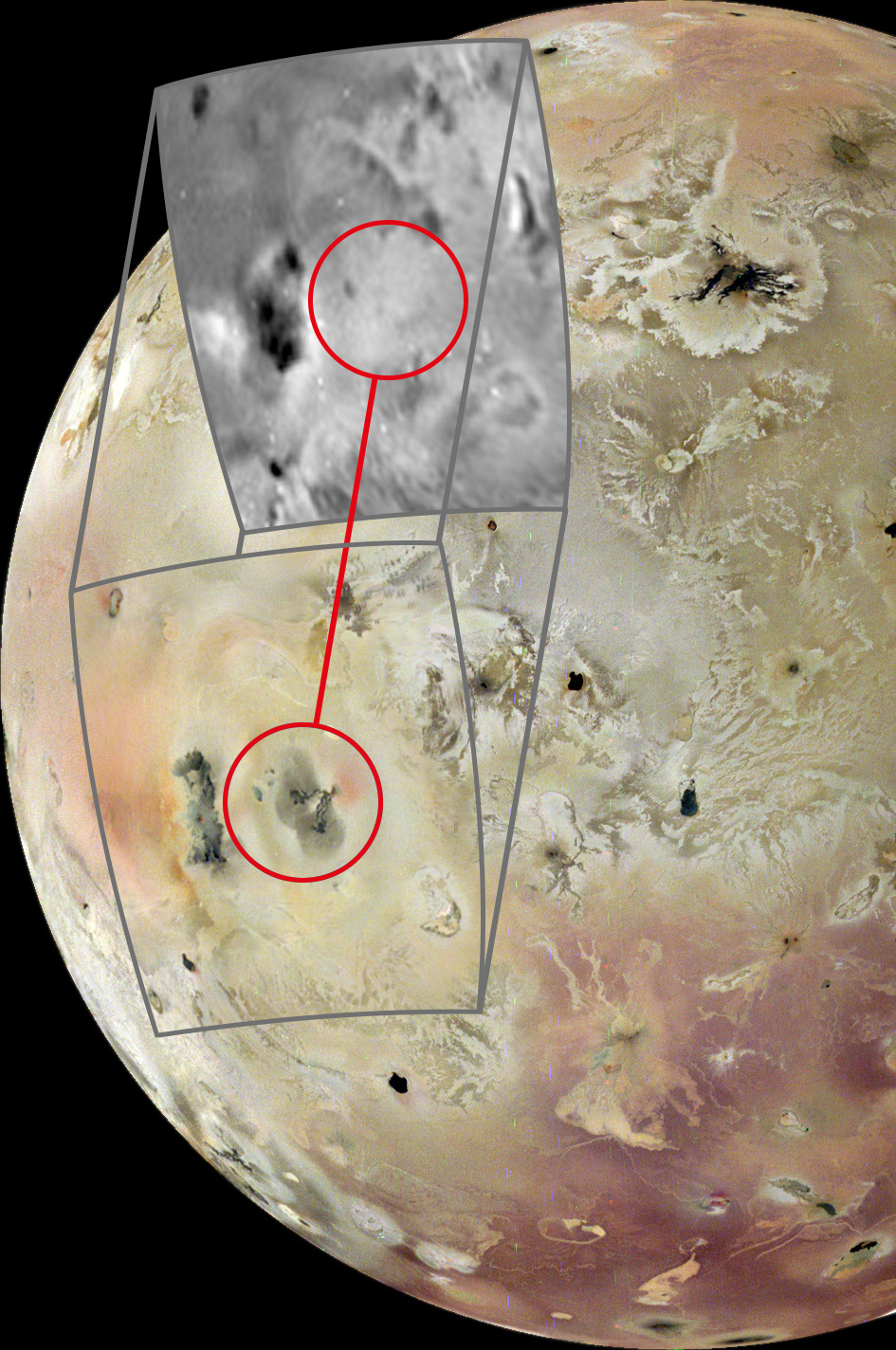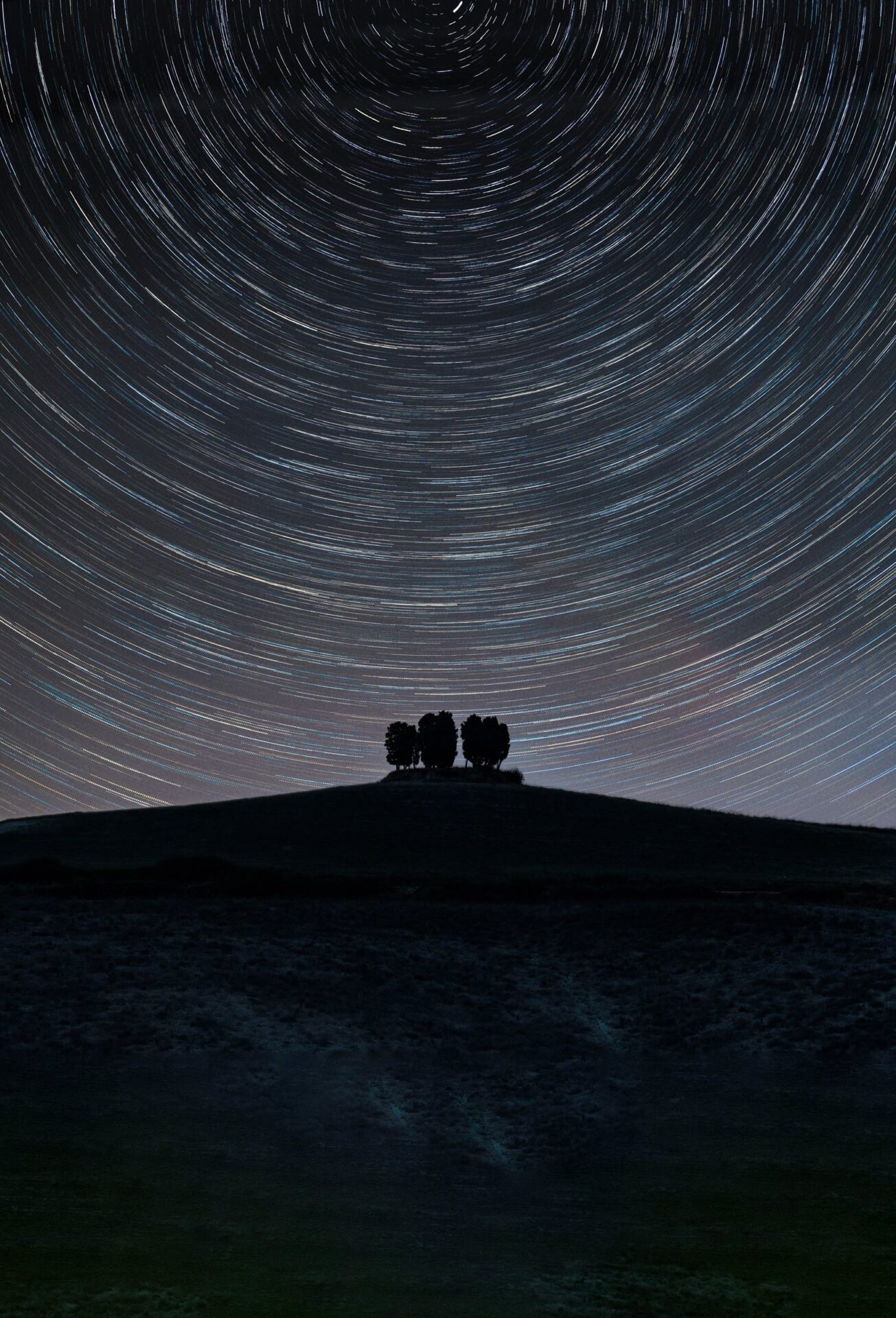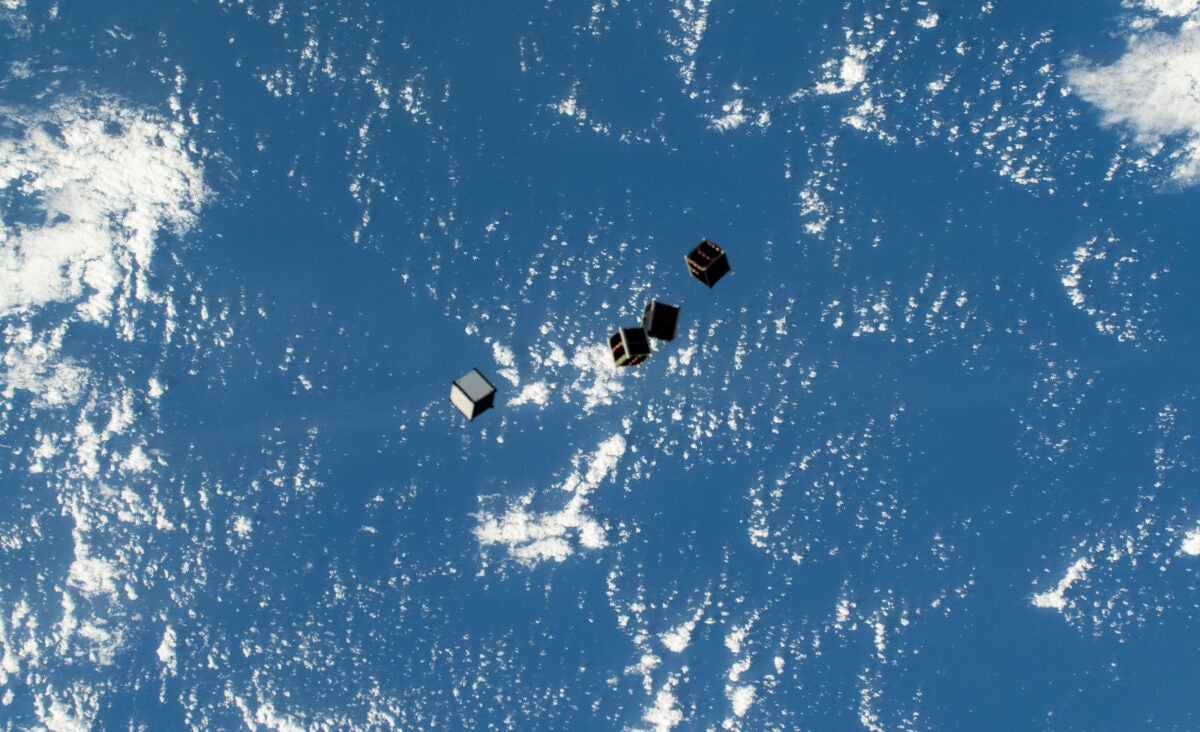[ad_1]

Hurricane Francine to hit the Gulf Coast today
Tropical Storm Francine strengthened into a hurricane on Tuesday afternoon, as it moved northward toward Louisiana. Forecasters say Francine might even reach category 2 strength, with winds of 96 mph (154 kph) and above, before coming ashore near Vermilion Bay on Wednesday afternoon. The outer bands of the storm system have already brought flooding to areas of the Gulf Coast in Mexico and Texas.
The National Hurricane Center has issued hurricane and storm surge warnings for the affected areas and said:
Damaging and life-threatening hurricane-force winds are expected in portions of southern Louisiana on Wednesday … Francine is expected to bring heavy rainfall and the risk of considerable flash and urban flooding across eastern Louisiana, Mississippi, far southern Alabama and the western Florida panhandle through Thursday.
Predictions are for 5 to 10 feet (1.5 – 3 meters) of storm surge for most of coastal Louisiana. Many in this area will see 4 to 8 inches (1.2 – 2.4 meters) of rain, with some localized spots of 12 inches (30 cm) possible. And the flash flood threat extends all the way up to Tennessee, as Francine should reach the Memphis area – possibly still as a tropical storm – by Friday.
Check here for the latest forecasts and imagery for Francine from NOAA.
#Francine is making its way to the upper #Texas, #Louisiana, and #Mississippi coastlines; the most impactful damage will be the #stormsurge. Director Michael Brennan explains how storm surges affect these areas, especially those along the coast of these states. #TropicalStorm pic.twitter.com/HqrPcwsJQa
— National Hurricane Center (@NWSNHC) September 10, 2024
9/10 10pm CDT: There is a danger of life-threatening storm surge from #Francine on Wednesday for the Louisiana & Mississippi coastlines where a Storm Surge Warning is in effect. Residents in the warning area should follow advice, including evacuation orders, from local officials. pic.twitter.com/dEBpi6qwbz
— NHC Storm Surge (@NHC_Surge) September 11, 2024
Francine flooding in Mexico and Texas
Francine has largely been off the coast, sparing inhabitants of Mexico and Texas from storm surge. But some regions have seen heavy rainfall, including SpaceX’s Starbase in Boca Chica, Texas.
Starbase in southern Texas is already experiencing significant street flooding from storm surge and high tides caused by Tropical Storm Francine.#TXwx pic.twitter.com/O1nynoaefj
— WeatherNation (@WeatherNation) September 10, 2024
Across the border in Matamoros, Mexico, flooding has caused the cancellation of school.
#Lluvias intensas en #Matamoros provocaron inundaciones en las calles y con ello la suspensión de clases hoy y mañana. pic.twitter.com/bgIlcOYIXD
— Hora Cero Web (@horaceroweb) September 9, 2024
Bottom line: Hurricane Francine is churning in the Gulf of Mexico, headed for the Louisiana coast. It may strengthen to a category 2 hurricane before landfall today.
Read more: 2024 Atlantic hurricane outlook and list of names
[ad_2]
Source link





No comments! Be the first commenter?